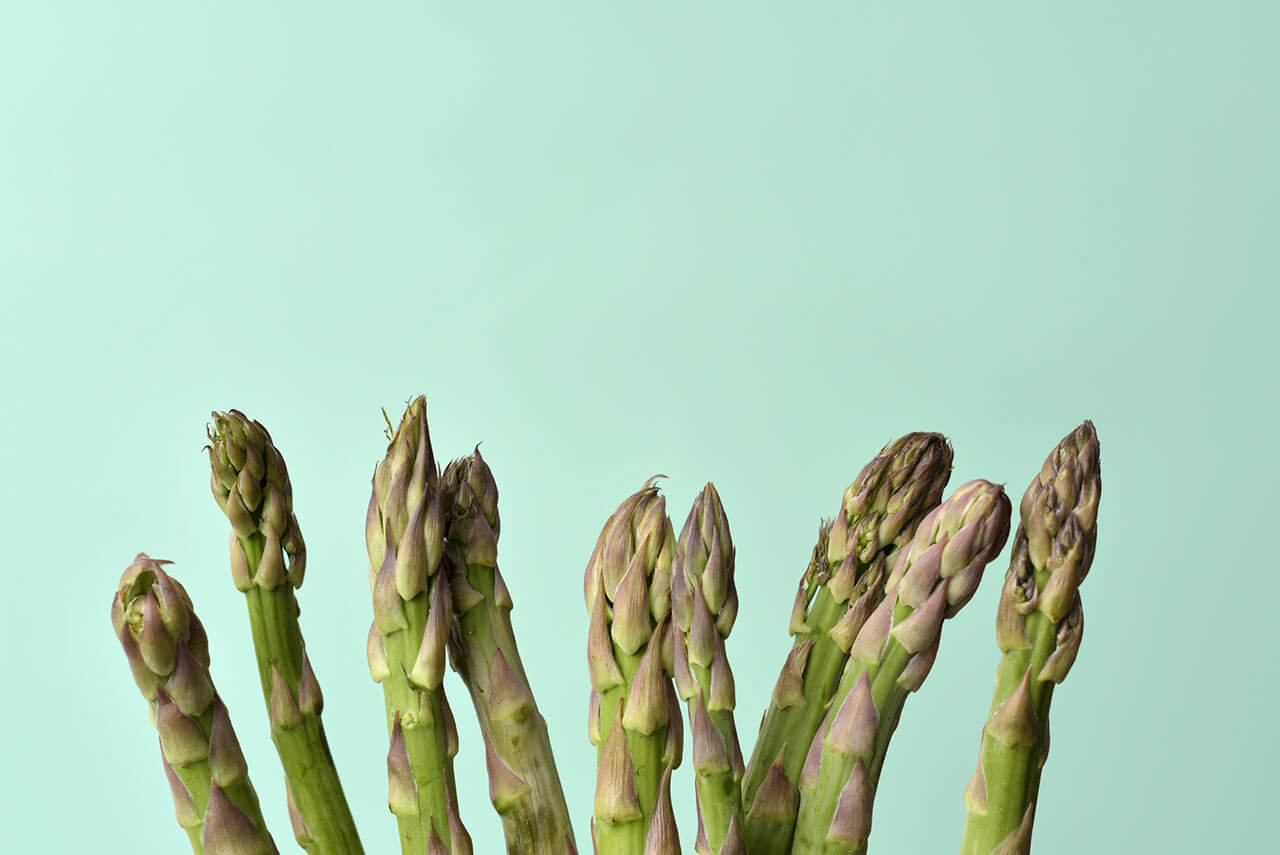
What Are Antioxidants?
Antioxidants are nutrients that donate electrons to free radicals. Antioxidants neutralize free radicals and assist in returning your body to a balanced state. Antioxidants are found in leafy vegetables and fruits, and they are an essential part of any well balanced diet. Free radicals are formed in our bodies during normal processes. To control the balance of free radicals, you need a constant supply of antioxidants. Some are more powerful than others. Here are a few of the more notable antioxidants.What Vitamins Are Antioxidants?
Vitamin C (Ascorbic Acid)
The most recognized antioxidant is Vitamin C, which is effective in neutralizing hydroxyl and superoxide radicals. This makes vitamin C one of the most essential nutrients in any diet. Humans, primates, fruit bats and guinea pigs are unable to synthesize Vitamin C, making proper nutrition and/or supplementation important in defending against free radical damage. Some great sources for Vitamin C include:| Source | Serving | Vitamin C |
|---|---|---|
| Mustard Greens | 1/2 Cup | 107.8 mg |
| Red bell peppers | 1/2 Cup | 95 mg |
| Green bell peppers | 1/2 Cup | 60 mg |
| Kale | 1/2 Cup | 40 mg |
| Broccoli | 1/2 Cup | 67 mg |
| Papaya | 1/2 Cup | 44 mg |
| Strawberries | 1/2 Cup | 40 mg |
| Cauliflower | Small Head | 127 mg |
| Kiwi | 1/2 Cup | 137.2 mg |
Vitamin E
Vitamin E is a major fat-soluble antioxidant found within the membranes of cells. It protects the fatty acids from damage from peroxyl radicals. Vitamin E is also the principal antioxidant against ozone (O3). Vitamin E must be provided daily through dietary sources or supplementation and can be found in many fresh fruits and vegetables.
Spinach: An all-around healthy food, spinach is filled with vitamin E and many other antioxidants and essential nutrients, spinach is easy to incorporate in any diet or dietary plan.
Nuts: Almonds and other nuts are a great source for vitamin E. They are convenient and have a long shelf life. Stick a bag in your desk drawer for a quick healthy snack.
Kale: This dark, leafy green makes the cut again for being filled with antioxidants.
Fruits: Papaya and kiwi are great sources of vitamin E and vitamin C, making them a popular food for antioxidant protection.
Red bell peppers: Are you seeing a trend? Many foods are filled with various antioxidants making them a perfect snack or meal for full antioxidant protecting. Red bell peppers are stuffed with vitamin E and C among other essential nutrients.
Beta-carotene
One of about 50 carotenoids, beta-carotene is effective against singlet oxygen. It is considered a weak antioxidant compared to vitamins C and E, however it is is able to convert into vitamin A, a fat-soluble antioxidant. You can find substantial amounts of beta-carotene in yellow and green fruits and vegetables.
Glutathione
Glutathione is not as well-known as vitamin C and E however it is one of the most powerful antioxidants available. Glutathione is composed of three amino acids, cysteine, glutamic acid, and glycine. Glutathione (GSH) is able to destroy the free radicals which cause the formation of cross-links in collagen tissue. GSH is also capable of recycling other antioxidants including vitamins C and E. GSH is only available as a dietary supplement.
Asparagus: Rich in glutathione, sometimes referred to as "the mother of all antioxidants," asparagus is also high in other antioxidants such as beta-carotene and selenium.
Nuts: Almonds and other nuts are a great source for vitamin E. They are convenient and have a long shelf life. Stick a bag in your desk drawer for a quick healthy snack.
Alpha Lipoic Acid (ALA)
ALA is both water- and fat-soluble, granting it the ability to protect inside and outside the cell membrane. Like glutathione, ALA is capable of recycling other vital antioxidants giving it significant benefits over other antioxidants. Alpha Lipoic Acid is found in small amounts in meat, potatoes, carrots, spinach, and brewer's yeast, but to obtain a significant amount of it one must supplement.Selenium
Selenium is the principal mineral antioxidant and is a cofactor in glutathione peroxidase, the body's own free radical controller. Selenium is also capable of magnifying the effectiveness of vitamin E against free radicals. Great sources for selenium are tuna, wheat germ, sesame seeds, pecans, and other meats.What Are Antioxidants and When Do I Need More?
The human body produces tens of thousands of free radicals every second. This makes antioxidants a necessary part of everyone's daily diet. The following activities and environmental factors cause an increase in the production of free radicals, and require that you obtain a larger amount of antioxidants.- Exercise
- Stress
- Exposure to environmental pollutants
- Illness
- Inflammation
- Infection
- Elevated blood lipids
- Elevated blood sugar
- Excessive exposure to UV Light (Sun)







